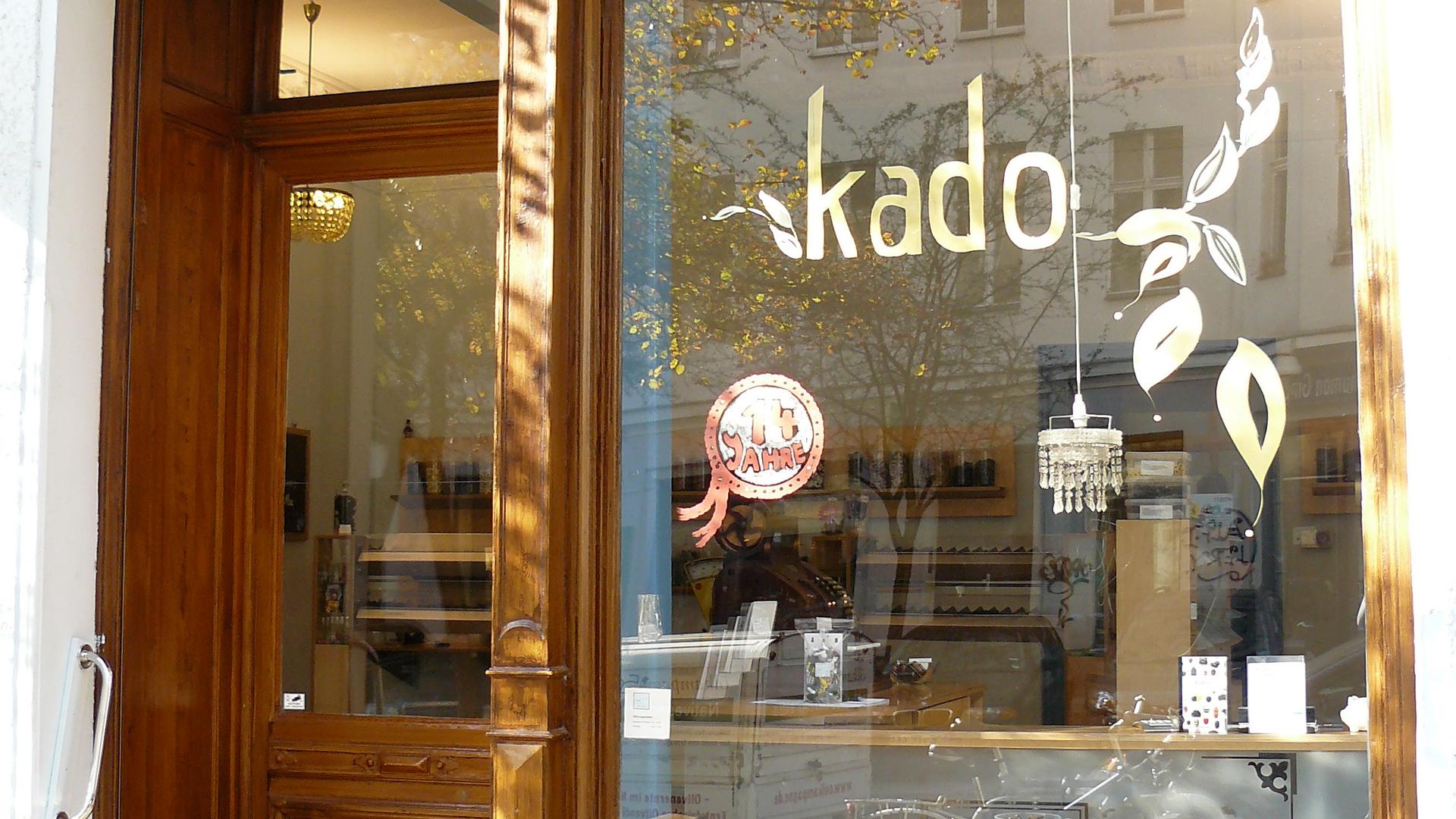How would you like your licorice? Fudge-filled, salty, sugar-free, organic…
Kado, in Graefekiez, Berlin, specializes in licorice.
Ilse Böge of Berlin was looking for a new career 16 years ago. She found it in her passion for a particular candy.
“I grew up near the border to the Netherlands. And the Netherlands — they know licorice,” she said.
Böge is now an afficionado, though she admits not everyone shares her enthusiasm. In fact, in some neighboring nations, it’s next to impossible to find licorice.
“There is a black area around Switzerland and Austria. They hate it! There, it is named Bärendreck,” she said.
“Bärendreck” means bear poop, and during a part of the manufacturing process, that’s pretty much what classic, black licorice looks like.

Undeterred, Böge decided to spread her love for the candy by selling it. She started by giving tastes at farmers’ markets and eventually opened a tiny licorice shop called Kadó — a word borrowed from the French for gift.
Her husband, Frank Buetner, joined the enterprise, though he admits he’s not keen on the taste of the licorice.
“I love my wife, and I love marzipan and also potato chips,” he said, trailing off.
Ever the salesman, he adds that licorice is an excellent product that soothes the throat and stomach.
Their store is in Graefekiez, a charming old neighborhood that survived the war. Inside, the shop features hundreds of apothecary jars packed with a bewildering variety of licorice, in all manner of colors, shapes, sizes both large and small, and tastes both sweet and salty.

“We have actually nine different double salteds from the Netherlands. You can find licorice from Scandinavia. It’s smoked. And you can have it coated with chocolate. There’s a lot of different fillings, like fudge,” Buetner explained.
Buetner figures there are more than 500 kinds of licorice on sale. For those with special dietary needs, there’s sugar-free, gluten-free, kosher and organic licorice. In some parts of the world, chewy cherry and strawberry flavored sweets may be called licorice. But at Kadó, the candies are all flavored with an extract from the root of the sweetwood plant, which tastes, well, like licorice.
Kadó is normally closed on a Monday, but Ilse unlocked the door on a recent Monday for a customer in need of his licorice fix.
As she weighs his order, the man browses shelves of colorful candy tins, bottles of licorice liqueur, bags of licorice coffee and jars of licorice jam — then collects his purchase in a specially-folded paper cone.
He leaves, and Ilse locks the door again. But another customer arrives, a little boy peering through the window, hoping for some black licorice pipes.
“Oh, he’s crying now,” Ilse said.
She opened the door again to let in the child and his mother, Cornelia, a psychologist who lives in the neighborhood. She said licorice is a family favorite.

“My sister likes. My husband likes. I’m not an addict,” she laughed. But she's here often, buying presents.
“I have to, for my husband when I have some issues to negotiate,” Cornelia joked.
The store's antique cash register has rung up enough sales in the past 16 years to support Kadó's owners, and their success has inspired other specialty shops to open nearby. They include an Italian ice emporium that features — among other things — ice cream made with pure licorice powder fromKadó's.
We want to hear your feedback so we can keep improving our website, theworld.org. Please fill out this quick survey and let us know your thoughts (your answers will be anonymous). Thanks for your time!
